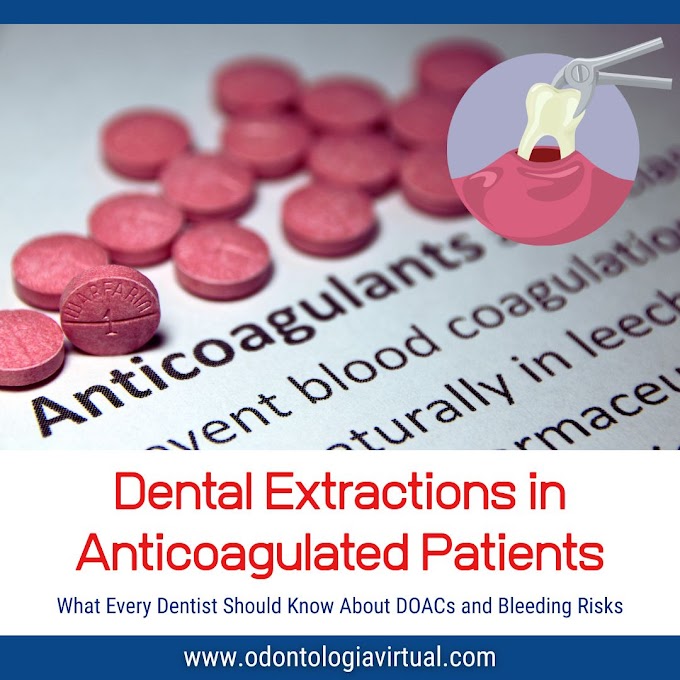Following primary infection, the virus becomes latent in the trigeminal ganglion and can reactivate intermittently, especially under stress, fever, sunlight exposure, menstruation, or immunosuppression.
While often regarded as a benign self-limiting condition, cold sores carry significant viral load and high transmission risk, particularly in dental and healthcare settings.
For clinicians, understanding the evolutionary stages of herpes labialis is essential—not only for early intervention but also for reducing viral spread, guiding patient counseling, and improving symptom control.
Each episode typically progresses through five distinct phases, lasting a total of 7 to 14 days
Prompt recognition of the prodromal stage offers a therapeutic window to minimize lesion severity and duration.
Meanwhile, the vesicular and ulcerative stages pose the greatest risk of contagion and discomfort.
Below, we summarize each stage of the herpes labialis cycle, with key clinical considerations for healthcare providers.
The 5 Clinical Stages of Herpes Labialis
🔵 1. Prodromal Stage (Day 1–2)
✔ Symptoms: Tingling, burning, localized itching, or tightness around the lips.
✔ Clinical insight: Early antiviral treatment (e.g., topical acyclovir or penciclovir) is most effective during this phase.
✔ Viral activity: High replication; the virus migrates to the epithelial surface.
🔴 2. Vesicular Stage (Day 2–4)
✔ Appearance of clustered vesicles filled with clear, infectious fluid on an erythematous base.
✔ Highly contagious.
✔ Patients may report pain, sensitivity, or social discomfort.
⚠️ 3. Ulcerative Stage (Day 4–5)
✔ Vesicles rupture, forming shallow ulcers.
✔ This is the most painful and contagious phase.
✔ Risk of secondary bacterial infection increases if the lesion is manipulated or poorly protected.
🟠 4. Crusting Stage (Day 5–8)
✔ Lesions begin to dry and form yellowish-brown crusts.
✔ May cause tightness, cracking, and minor bleeding.
✔ Still contagious; moisturizing agents can aid in healing and comfort.
🟢 5. Healing Stage (Day 8–14)
✔ Crusts fall off naturally, leaving pink or scaly skin.
✔ Epithelial regeneration occurs.
✔ The virus returns to latency within neural tissue, until the next reactivation.
Management and Prevention
✔ Topical antivirals: Acyclovir 5% or penciclovir 1% cream at symptom onset.
✔ Systemic antivirals: Valacyclovir or famciclovir in recurrent or immunocompromised cases.
✔ Patient advice:
- Avoid kissing, oral contact, and sharing utensils during active phases.
- Use lip sunscreen to prevent UV-induced reactivation.
- Maintain optimal immune health and reduce stress.
Conclusion
Cold sores remain a frequent, stigmatizing, and sometimes painful condition.
For healthcare professionals—particularly in dental and pharmacological practice—recognizing the timeline and clinical features of herpes labialis enables more precise interventions and effective patient education.
By acting early and advising wisely, we can reduce the duration, frequency, and impact of outbreaks.
📚 Further Reading
- Viruses 2023, 15(1), 225. A Comprehensive Overview of Epidemiology, Pathogenesis and the Management of Herpes Labialis. Divya Gopinath, ORCID, Kim Hoe Koe,Mari Kannan Maharajan and Swagatika Panda.













